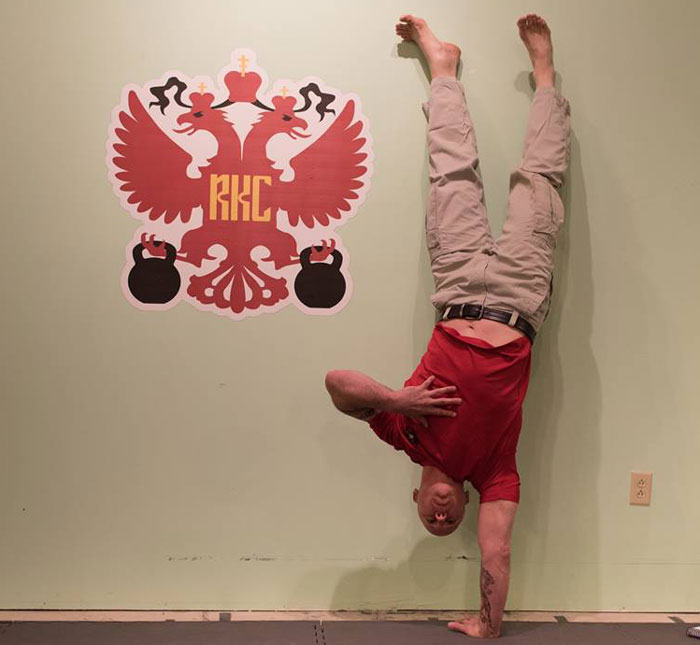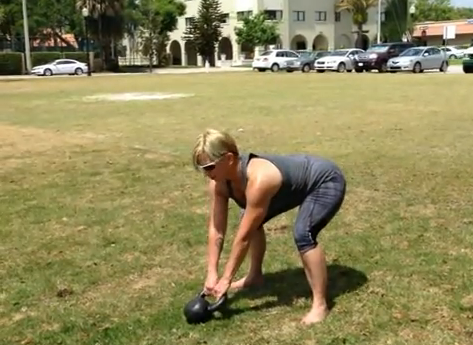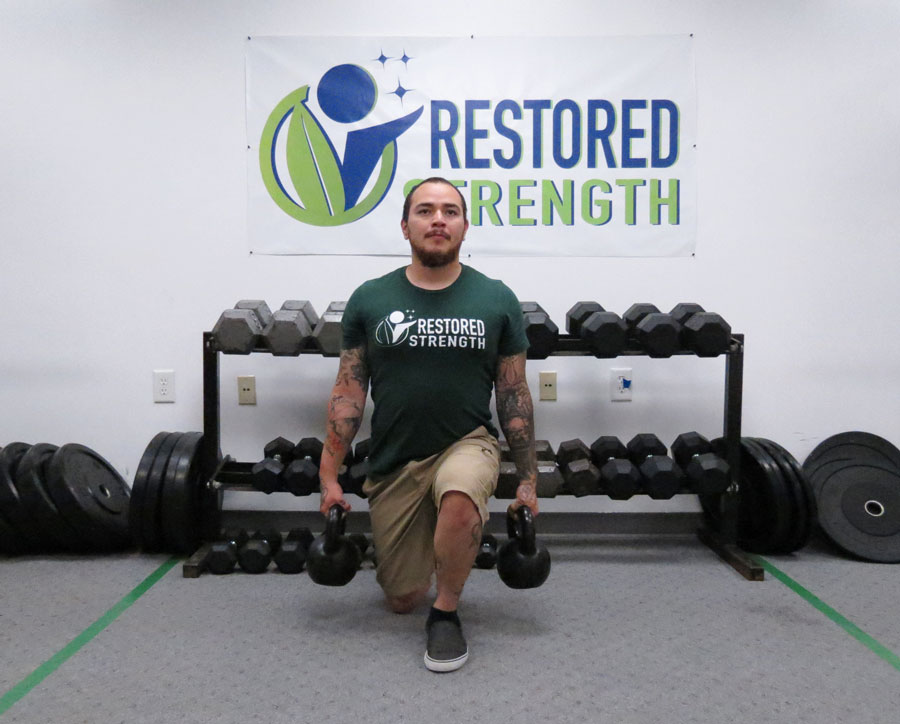
As coaches, instructors or personal trainers, our clients often come to us for help with a fat loss goal. And while there are many ways that we can help our clients achieve their goals, the most important factor to consider for fat loss is nutrition.
There are no specific workouts that can help someone “out train” a bad diet. If someone is still consuming more calories than they are burning, then they will not receive the maximal training effect from a fat loss workout. But, once a client can change the way they eat, then they can really gain the most out of these workouts.
Once nutrition has been handled, strength training is the best way to help your clients lose weight and gain strength. Training in every plane of movement is important for sustaining optimal joint and muscle health. After the strength portion of the session, finish up with a conditioning workout such as the ones listed below. This approach will cater to your client’s specific weight-loss goal.
Here are four example workouts you can add at the end of your clients’ sessions to help with fat loss!
EMOM (Every Minute on the Minute)
Popularized in CrossFit training, EMOM stands for “Every Minute On the Minute”. This type of workout can even be done with one tool and one exercise. You can either work for a predetermined number of reps or for a time interval. If you choose a time interval, be sure to keep the work to rest ratio at 1:1 (30 sec on, 30 sec off) or 2:1 (40 seconds on, 20 seconds off).
Example:
10-15 minutes
- Kettlebell Swings :20 seconds
- Rest :40 seconds
Density Training
In fitness, density is the amount of work you do within a given time. With this training format, we are not as focused on the amount of weight lifted, or the speed we’re working. The focus is on completing the most amount of work during a set amount of time. This focus will help sustain a decent heart rate throughout the workout.
Example:
30 minutes
- Kettlebell Snatch x5
- Get-Up x1
- Kettlebell Front Squat x6
- Kettlebell Bent Over Row x8
- Kettlebell See-saw Press x6
- Thoracic Rotation x4
AMRAP (As Many Rounds as Possible)
Another workout popularized by CrossFit is AMRAP, which stands for “As Many Rounds as Possible”. An AMRAP workout can use any given number of exercises, but typically 2-5 exercises for a set amount of time. The goal is to move as quickly as possible while racing against the clock. Each week try to complete the same number of rounds or more as compared to the previous week. During the workout, the goal is to minimize rest and maximize the work.
Example:
10-15 minutes
- Double Kettlebell Clean x5
- Farmers Carry :30 seconds
- Double Kettlebell Reverse Lunge x5
Circuits
Traditional circuit training is similar to HIIT, High Intensity Interval Training. A circuit can work a few different ways: station to station or exercise to exercise. The goal can be for reps or for time with each exercise. Often, exercises are grouped so that 2-4 exercises are completed per station, before switching to the next one.
Example:
10 min
- Single Arm Swing x5
- Single Arm Thruster x6
10 min
- Goblet Squat x:20 sec
- Single Arm Row x:15 sec
10 min
- Two Hand Kettlebell Dead Bug x:20 sec
- Single Arm Overhead Carry x:15 sec
When it comes to helping our clients achieve their weight-loss goals, we have to remember that it’s most important to address nutrition first. Then, we can choose from a variety of training approaches to reach their goals.
***
William Sturgeon, RKC Team Leader, RKC II trains clients at his gym, Restored Strength. Contact him through his website at RestoredStrength.com or follow him on Facebook: facebook.com/restoredstrength
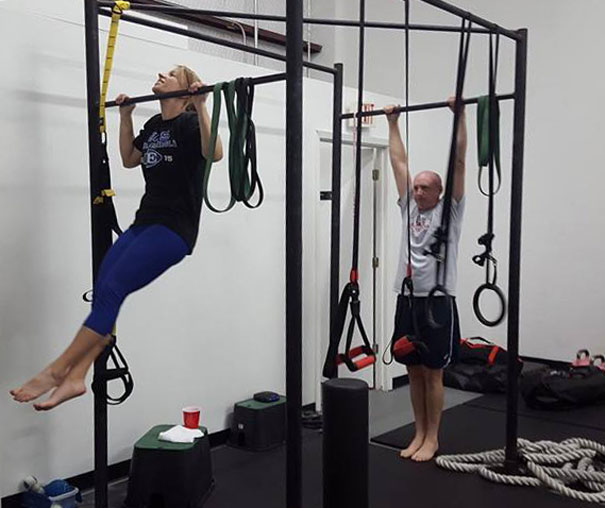
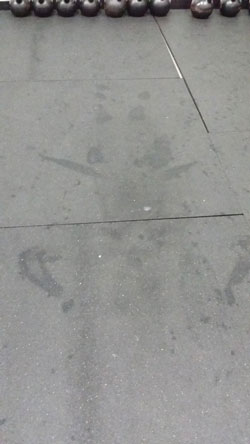
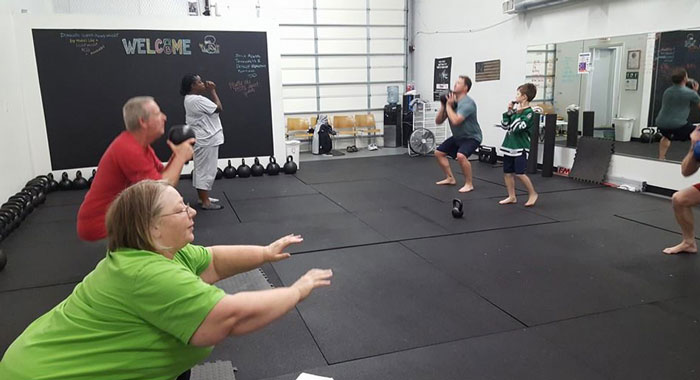
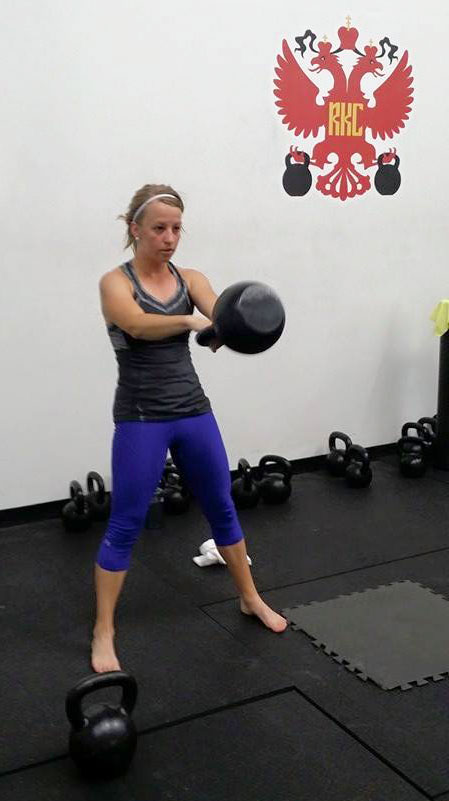
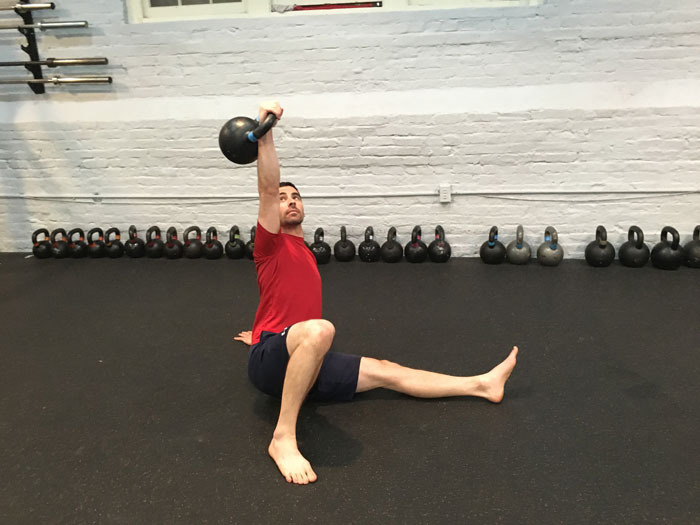
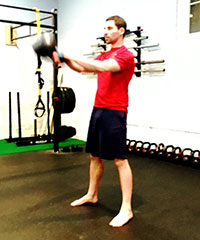 Workout 1:
Workout 1:
